Gadgets And Technology Daily News | 11 Jul 2023

Views (109)
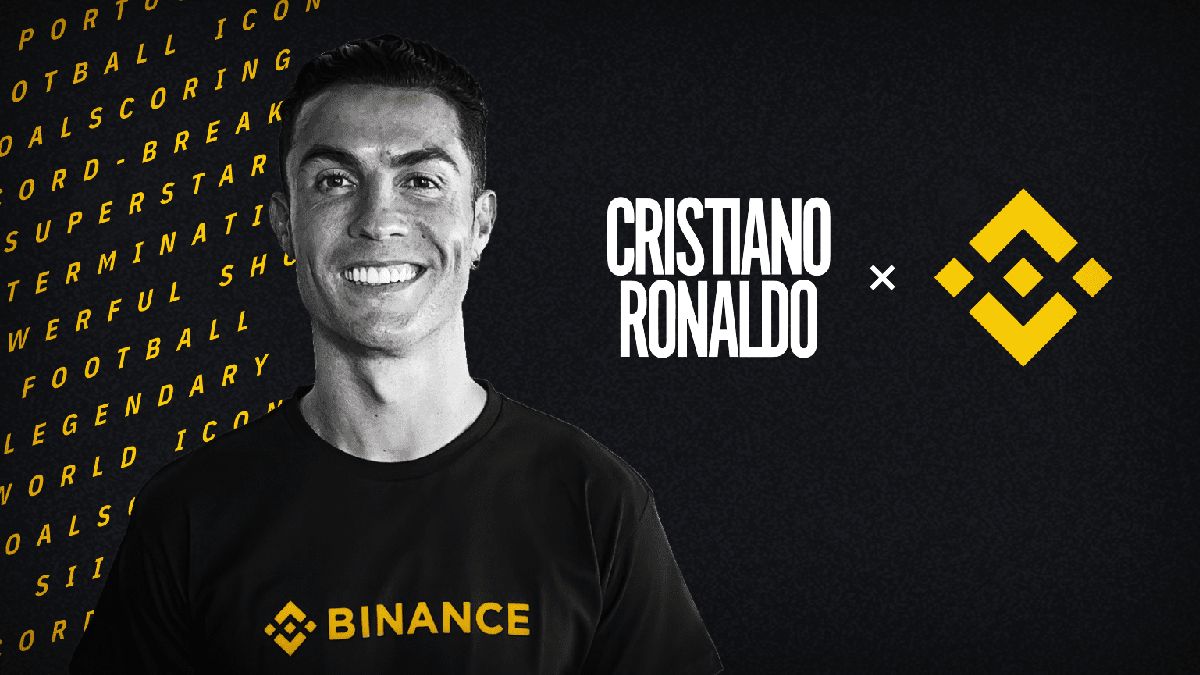
Nothing Exclusive Service Centre to Open in India in August, Five More to Open Later This Year
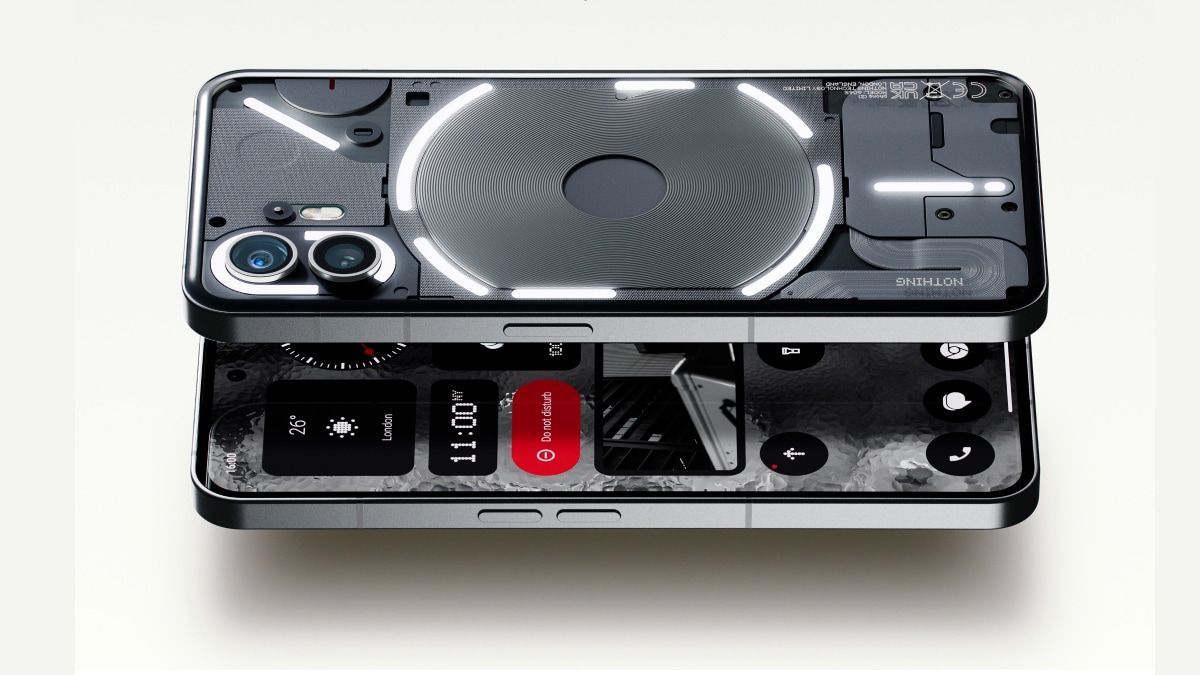
Nothing Phone 2 will be launched on July 11 in global markets including India. Just a day ahead of its official debut, the Carl Pei-led UK brand has announced the opening of its first exclusive service centre in India. The Nothing service centre will be opened in Karnataka's Bengaluru next month. Nothing aims to launch five service centres by the end of this year and 20 by 2024. The exclusive service center is confirmed to offer service camps for Nothing customers periodically. Further, customers can purchase accessories and accidental care packs as well as warranty upgrade packs at these centres.
Nothing's first exclusive customer service center in India will be opened in Bengaluru in August and it would offer customer support and after-sale service for users. More service centres will follow in due course. By the end of July, the company aims to increase its service centre count from 230 to over 300, catering to 19,000 pin codes across the country.
Five exclusive service centres are scheduled to be established in five cities by 2023, said the company in a press release. Further, it aims to add 20 more exclusive service centres across cities in the next year. These centres will be hosting service camps for Nothing customers and will offer accessories, care packs for accidental/liquid damage, and warranty upgrade packs.
This is a significant step by Nothing and shows how serious it is about the Indian market. Manu Sharma, General Manager, and Vice President, Nothing India said, "at Nothing, in addition to building iconic designs, products and software experience, we are equally committed towards after sales service to provide an elevated product experience to our customers in India".
Nothing will unveil the Nothing Phone 2 through a virtual launch event on July 11. The event will start at 8:30pm IST and will be livestreamed via the company's website and official YouTube channel. The handset will go on sale in India via Flipkart and it is currently up for pre-order with a refundable deposit of Rs. 2,000.
The Nothing Phone 2 will succeed last year's Phone 1 and is confirmed to be available in White and Grey shades. It is teased to feature 33 LED lighting zones and will run on Qualcomm's Snapdragon 8+ Gen 1 SoC. The handset will pack a 4,700mAh battery and could be priced in India between Rs. 42,000 and Rs. 43,000.
Foxconn Withdraws From $19.5 Billion Chip Joint Venture With Vedanta: Details
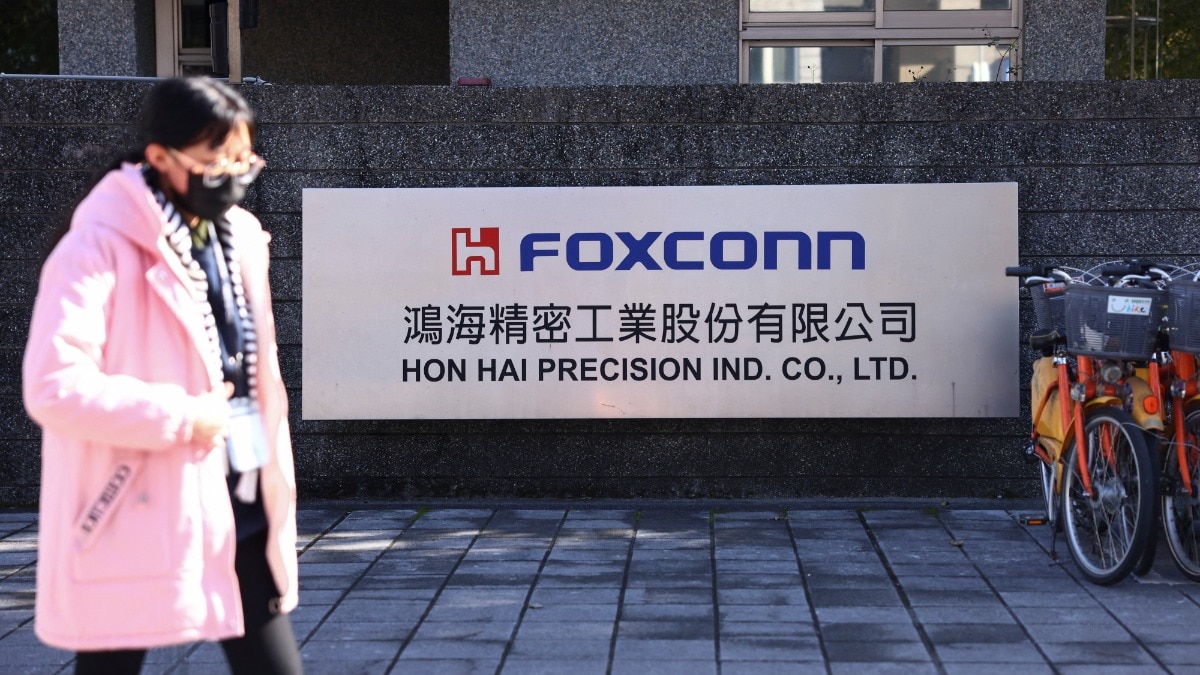
Taiwan's Foxconn has withdrawn from a $19.5 billion (roughly Rs. 1,61,133 crore) semiconductor joint venture with Indian metals-to-oil conglomerate Vedanta, it said on Monday in a setback to Prime Minister Narendra Modi's chipmaking plans for India.
Foxconn, the world's largest contract electronics maker, and Vedanta signed a pact last year to set up semiconductor and display production plants in PM Modi's home state of Gujarat.
"Foxconn has determined it will not move forward on the joint venture with Vedanta," a Foxconn statement said without elaborating on the reasons.
The company said it had worked with Vedanta for more than a year to bring "a great semiconductor idea to reality", but they had mutually decided to end the joint venture and it will remove its name from an entity that is now fully owned by Vedanta.
Vedanta and India's IT ministry did not reply immediately to requests for comment.
PM Modi has made chipmaking a top priority for India's economic strategy in pursuit of a "new era" in electronics manufacturing and Foxconn's move represents a blow to his ambitions of luring foreign investors to make chips locally for the first time.
“This deal falling through is definitely a setback for the ‘Make in India' push,” said Neil Shah, Vice President of research at Counterpoint, adding that it also does not reflect well on Vedanta and "raises eyebrows and doubts for other companies".
Foxconn is best known for assembling iPhone models and other Apple products but in recent years it has been expanding into chips to diversify its business.
Most of the world's chip output is limited to a few countries, such as Taiwan, with India a late entrant. The Vedanta-Foxconn venture announced its chipmaking plans in Gujarat last September, with PM Modi calling the project "an important step" in boosting India's chipmaking ambitions.
But his plan had been slow to take off. Among problems encountered by the Vedanta-Foxconn project were deadlocked talks to involve European chipmaker STMicroelectronics as a tech partner, Reuters has previously reported.
While Vedanta-Foxconn managed to get STMicro on board for licensing technology, India's government had made clear it wanted the European company to have more "skin in the game", such as a stake in the partnership.
STMicro was not keen on that and the talks remained in limbo, a source has said.
The Indian government has said it remains confident of attracting investors for chipmaking. Micron last month said it will invest up to $825 million (roughly Rs. 6,816 crore) in a chip testing and packaging unit, not for manufacturing. With support from India's federal government and the state of Gujarat, the total investment will be $2.75 billion (roughly Rs. 22,721 crore).
India, which expects its semiconductor market to be worth $63 billion (roughly Rs. 5,20,522 crore) by 2026, last year received three applications to set up plants under a $10 billion (roughly Rs. 82,622 crore) incentive scheme.
These were from the Vedanta-Foxconn joint venture, Singapore-based IGSS Ventures and global consortium ISMC, which counts Tower Semiconductor as a tech partner.
The $3 billion (roughly Rs. 24,786 crore) ISMC project has stalled, too, owing to Tower being acquired by Intel, while another $3 billion plan by IGSS was also halted because the company wanted to re-submit its application.
© Thomson Reuters 2023
Vedanta Assures Investors Are Lined Up as Foxconn Withdraws From $19 Billion Deal
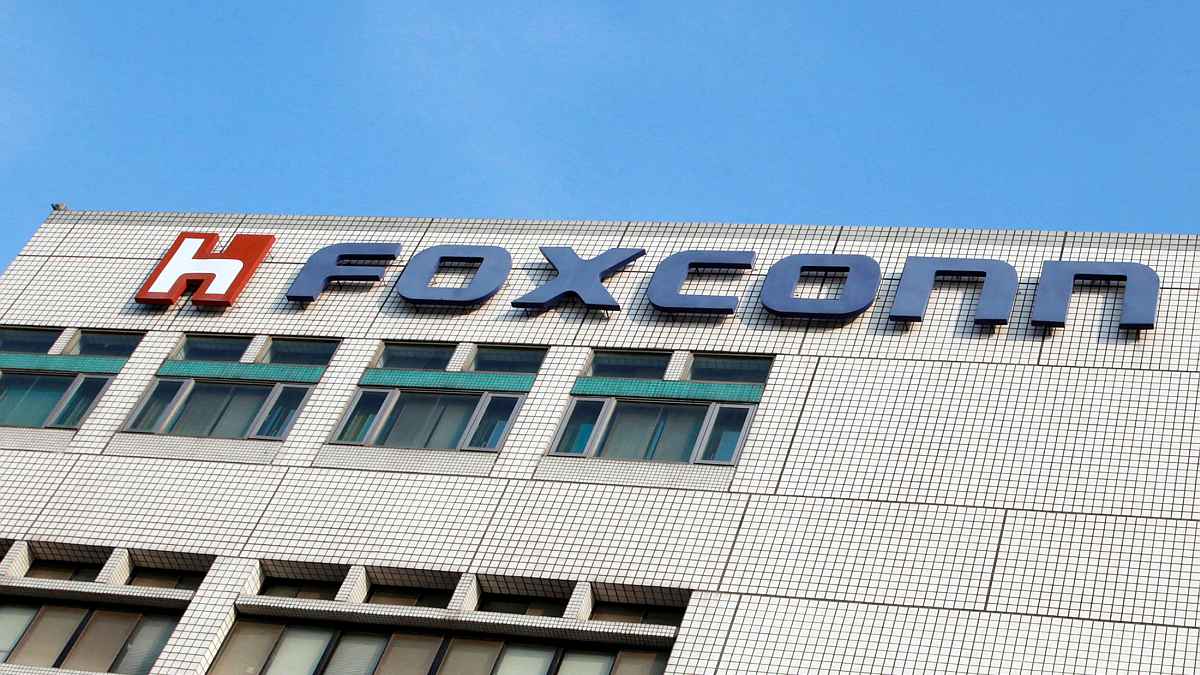
Taiwan's Foxconn has withdrawn from a semiconductor joint venture with mining baron Anil Agarwal's Vedanta as the venture struggled to get a technology partner to make chips that are used in mobile phones to refrigerators and cars.
In a statement, Foxconn, the world's largest contract electronics maker, said it "has determined it will not move forward on the joint venture with Vedanta." Agarwal's metals-to-oil conglomerate responded saying it was "fully committed to its semiconductor fab project and we have lined up other partners to set up India's first foundry." It however did not give details of the new partners.
Foxconn, best known for assembling iPhones and other Apple products, and Vedanta last year signed a pact to set up semiconductor and display production plants in Gujarat.
European chipmaker STMicroelectronics was being roped in as a technology partner for the venture but talks were deadlocked.
Most of the world's chips are manufactured in a handful of countries and India, which expects its semiconductor market to be worth $63 billion (nearly Rs. 5,20,300 crore) by 2026, is a late entrant.
Three applications — one from the Vedanta-Foxconn joint venture, another from a global consortium of ISMC and one from Singapore-based IGSS Ventures — were received in response to the government's incentive scheme for local manufacture of semiconductors.
The other two applications too haven't made much progress.
Just last week, Vedanta announced that it will acquire the semiconductor and display glass units from group company Twin Star Technologies.
It is to buy 100 percent of Vedanta Foxconn Semiconductors and Vedanta Displays from Twin Star, a unit of Vedanta's ultimate parent Volcan Investments.
In a statement on Monday Foxconn said, "In order to explore more diverse development opportunities, according to mutual agreement, Foxconn has determined it will not move forward on the joint venture with Vedanta." Foxconn said it is "working to remove the Foxconn name from what now is a fully-owned entity of Vedanta".
"Foxconn has no connection to the entity and efforts to keep its original name will cause confusion for future stakeholders," Hon Hai Technology Group (Foxconn) said.
The statement said that for over a year, Hon Hai Technology Group (Foxconn) and Vedanta have worked hard to bring a great semiconductor idea to reality. It has been a fruitful experience that can position both companies strongly going forward.
"Foxconn is confident about the direction of India's semiconductor development. We will continue to strongly support the government's 'Make In India' ambitions and establish a diversity of local partnerships that meet the needs of stakeholders," it said.
After the withdrawal, Vedanta asserted that it is fully committed to its semiconductor project and has lined up other partners to set up India's first foundry.
Vedanta said that it has redoubled efforts to fulfill Prime Minister Narendra Modi's vision for semiconductors and affirmed that India remains pivotal in repositioning global semiconductor supply chains.
"Vedanta reiterates that it is fully committed to its semiconductor fab project and we have lined up other partners to set up India's first foundry. We will continue to grow our semiconductor team, and we have the license for production-grade technology for 40 nm from a prominent Integrated Device Manufacturer (IDM)," Vedanta said in a statement.
The company had announced plans to set up its chip plant in Gujarat with an investment of around Rs. 1.5 lakh crore.
"We will shortly acquire a license for production-grade 28 nm as well. Vedanta has redoubled its efforts to fulfill the prime minister's vision for semiconductors and India remains pivotal in repositioning global semiconductor supply chains," the statement said.
Chandrayaan-3 Launch Will Make India Fourth Country to Land Spacecraft on Moon: MoS Jitendra Singh
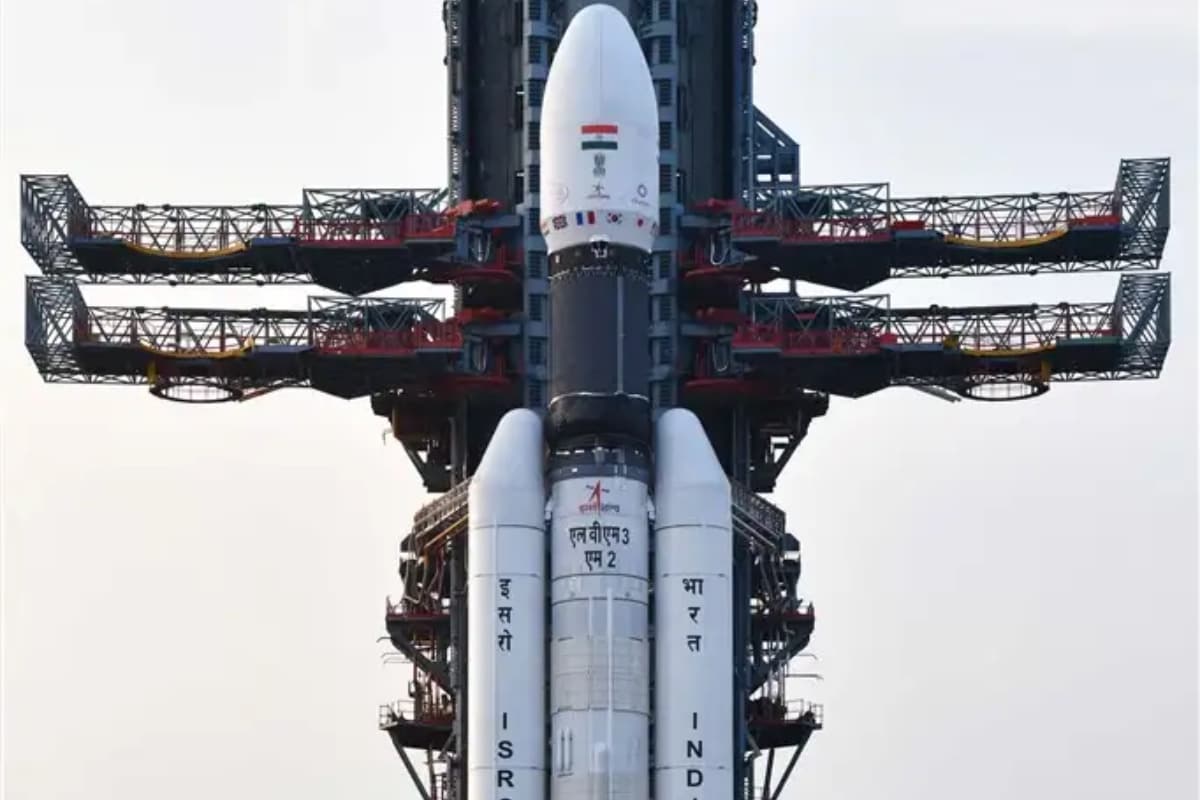
Chandrayaan-3, scheduled to be launched from Sriharikota this week, will make "India the fourth country to land its spacecraft on the surface of the Moon", said Union Minister of State (Independent Charge) for Science and Technology, Jitendra Singh, on Sunday.
He said Prime Minister Narendra Modi's recent US visit was marked by significant space-related agreements indicating that the countries which had started their space journey long before India are today looking up to the country as an equal collaborator.
After such a quantum rise in our space expertise under Prime Minister Narendra Modi's regime, "India can no longer wait to be left behind in its march to the Moon," the minister said.Singh said Chandrayaan-3 is a follow-on mission of Chandrayaan-2 and is aimed at demonstrating India's capability in soft landing and roving on the surface of the Moon or the lunar surface. The complex mission profile, he said, required for the spacecraft to enter the Moon's orbit has been executed very precisely.
"After the successful landing of Chandrayaan-3 on the surface of the Moon, the rover, which has six wheels, will come out and is expected to work for 14 days on the Moon. With the support of multiple cameras on the rover, we will be able to receive images," he said, as per a release by the Ministry.Giving full credit to Prime Minister Narendra Modi for providing an enabling environment for space workers and taking path-breaking decisions like unlocking the space sector for Public Private Partnership (PPP), Singh said, based on the current trajectory of growth, India's space sector could be a $1 trillion economy in the coming years.
Singh said, "The primary objectives of Chandrayaan-3 mission are threefold, to demonstrate safe and soft landing on lunar surface, to demonstrate rover roving on the moon and to conduct in-situ scientific experiments."
The minister recalled that the first in the series of Chandrayaan missions — namely Chandrayaan-1 — is credited with having discovered the presence of water on the surface of the Moon, which was a new revelation for the world and even the most premier space agencies like the US's NASA (National Aeronautics and Space Administration) were fascinated by this discovery and used the inputs for their further experiments.
Chandrayyan-3, he said, will be operating at the next level. The spacecraft will use Launch Vehicle Mark-3 developed by ISRO for its launch, he added.
Singh added, "There is tremendous excitement across the country about the launch of Chandrayaan-3, particularly because Chandrayaan-2 mission could not yield the desired results because of a lapse just about 13 minutes after Spacecraft began its descent on September 6, 2019. Prime Minister Narendra Modi was personally present at Sriharikota to witness the event."
The minister added, "A successor to Chandrayaan-2, Chandrayaan-3 has undergone a few changes to increase the robustness of the lander. He said, all these modifications have been subject to exhaustive ground tests and simulations through test beds."
"The lander and rover module of Chandrayaan-3 is also configured with payloads that would provide data to the scientific community on various properties of lunar soil and rocks including its chemical and elemental composition," Singh was quoted as saying in the release.
Google Pixel 8 Could Cost More Than Pixel 7; Price, Key Specifications Leak Again
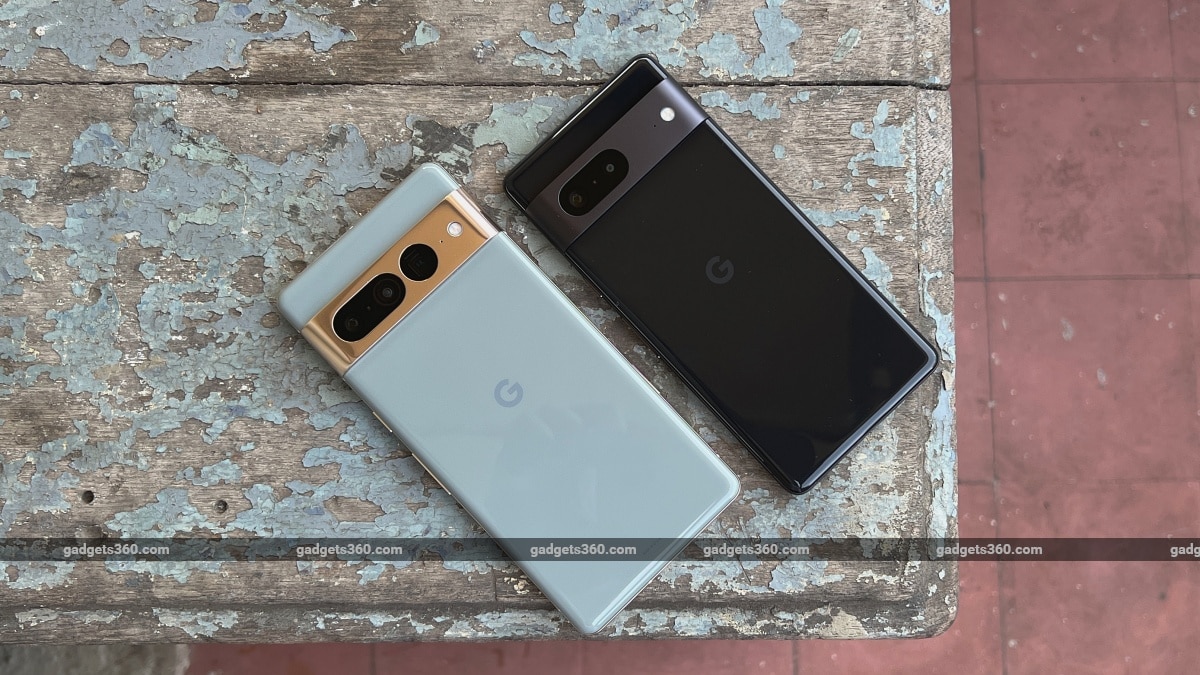
Google Pixel 8 series is said to go official in October this year. We're still a few months away from the expected launch of the new Pixel 8 and Pixel 8 Pro, but they have been in the rumour mill for quite some time now. Most recently, the price and specifications of the vanilla Pixel 8 have been leaked online. Google is expected to introduce the next generation Tensor G3 SoC with Pixel 8. It could pack an OLED display with 120Hz refresh rate and a 50-megapixel dual rear camera unit. The Pixel 8 is tipped to come with a 4,485mAh battery with 24W wired charging support.
Tipster Yogesh Brar (@heyitsyogesh) has tweeted the pricing and key specifications of the Google Pixel 8. As per the leak, the handset will be launched in early October and would be priced between $649 and $699 (roughly between Rs. 53,600 and Rs. 57,700). This would be a notable price hike over its predecessor Pixel 7. The latter debuted in October last year with a price tag of $599 (roughly Rs. 49,400). In India, Pixel 7's price starts at Rs. 59,999.
The Pixel 8 is tipped to run on Android 14 and feature a 6.17-inch full-HD+ OLED display with 120Hz refresh rate. It could be powered by a Tensor G3 SoC, coupled with 8GB of RAM. The Tensor G3 SoC would come as an upgrade to Tensor G2 SoC that powers Pixel 7 series and the new Pixel 7a and Pixel Fold. It is said to come in 128GB and 256GB storage options.
For optics, the Pixel 8 is expected to carry a dual rear camera unit, comprising a 50-megapixel primary Samsung ISOCELL GN2 sensor with OIS and a 12-megapixel ultra wide-angle camera. For selfies, there could be an 11-megapixel front camera as well.
The Pixel 8 is said to carry a 4,485mAh battery with 24W wired charging and 12W wireless charging support. Further, it could include an ultrasonic fingerprint sensor for authentication.
The Google Pixel 7 series made its debut in October last year, alongside the Pixel Watch at the ‘Made By Google event. Google is expected to announce the arrival of the next-generation Pixel series smartphones soon. Till then these details should be considered with a pinch of salt.
Cristiano Ronaldo Releases Second NFT Collection Based on Milestone Goals From His Career: All Details

Cristiano Ronaldo has stirred excitement among NFT enthusiasts with his new line of digital collectibles. The soccer legend has released a collection of NFTs depicting milestone moments and goals from his career. Ronaldo's second NFT collection is named ‘Forever CR7: The GOAT' and is live on the Binance NFT marketplace. NFTs, or non-fungible tokens, are digital collectibles, supported on blockchains and usually purchasable in cryptocurrencies. NFTs give their buyers a unique certificate of ownership and can act as an instrument for instant liquidity.
Ronaldo finalised this deal to sell his NFT collections on Binance earlier this year.
Media files depicting Ronaldo's goal moments minted as NFTs for this latest collection are classified under different categories. NFTs under each classification are priced differently.
Most of the NFTs numbered from goal 100 to goal 700 – are priced 10 USDT or $10 (roughly Rs. 830).
The collection also features rare collectibles namely The Backheel (Goal 278), The Knuckleball (Goal 102), and The Game Changer (Goal 605) among others, priced USDT 30 or $30 (roughly Rs. 2,480) each, collection description on Binance's blog said.
“For each design, there are 200 NFTs available (total: 1,200 rare NFTs). Rare NFT owners will receive a printable signed Binance x CR7 poster, as well as a thank you message from Cristiano Ronaldo, and entry into future giveaways,” the blog noted.
Ronaldo has also listed one particular NFT as a super rare one – the bicycle kick versus Juventus in 2018 – priced USDT 15,000 or $15,000 (roughly Rs. 12.3 lakh).
I'm proud to announce that my new NFT collection 'Forever CR7: The Goat' NFT is live on @Binance now!Head over to the Binance NFT Marketplace to own historic goalscoring moments from my record breaking career.Explore now: https://t.co/lVmKyeKPNu pic.twitter.com/xotBtEsxxC
While the collection has triggered excited chatter among NFT enthusiasts on social media, the times to come will tell how these NFTs fared in the market.
The NFT craze, in the first half of 2023, has already witnessed a plethora of ups and downs. Despite the digital assets market being volatile, NFT enthusiasts have kept the sector's boat sailing in rough waters somehow.
The sales of non-fungible tokens (NFTs) rose by a massive 117 percent in February 2023. Around March, the valuation of the global NFT market climbed to its nine-month high since June last year to over $2 billion (roughly Rs. 17,200 crore).
NFT sales had dropped to a 16-month low in December last year.
The size of the global NFT market is anticipated to increase by $113,933 million (roughly Rs. 940 crore) between 2022 and 2027, according to market research firm Technavio.
In the next four years, the NFT market is expected to swell at a CAGR of 35.02 percent.
The report also said that during the projection period, 39 percent of the growth of the global market would be attributable to Asia-Pacific Countries (APAC).
0 Likes
